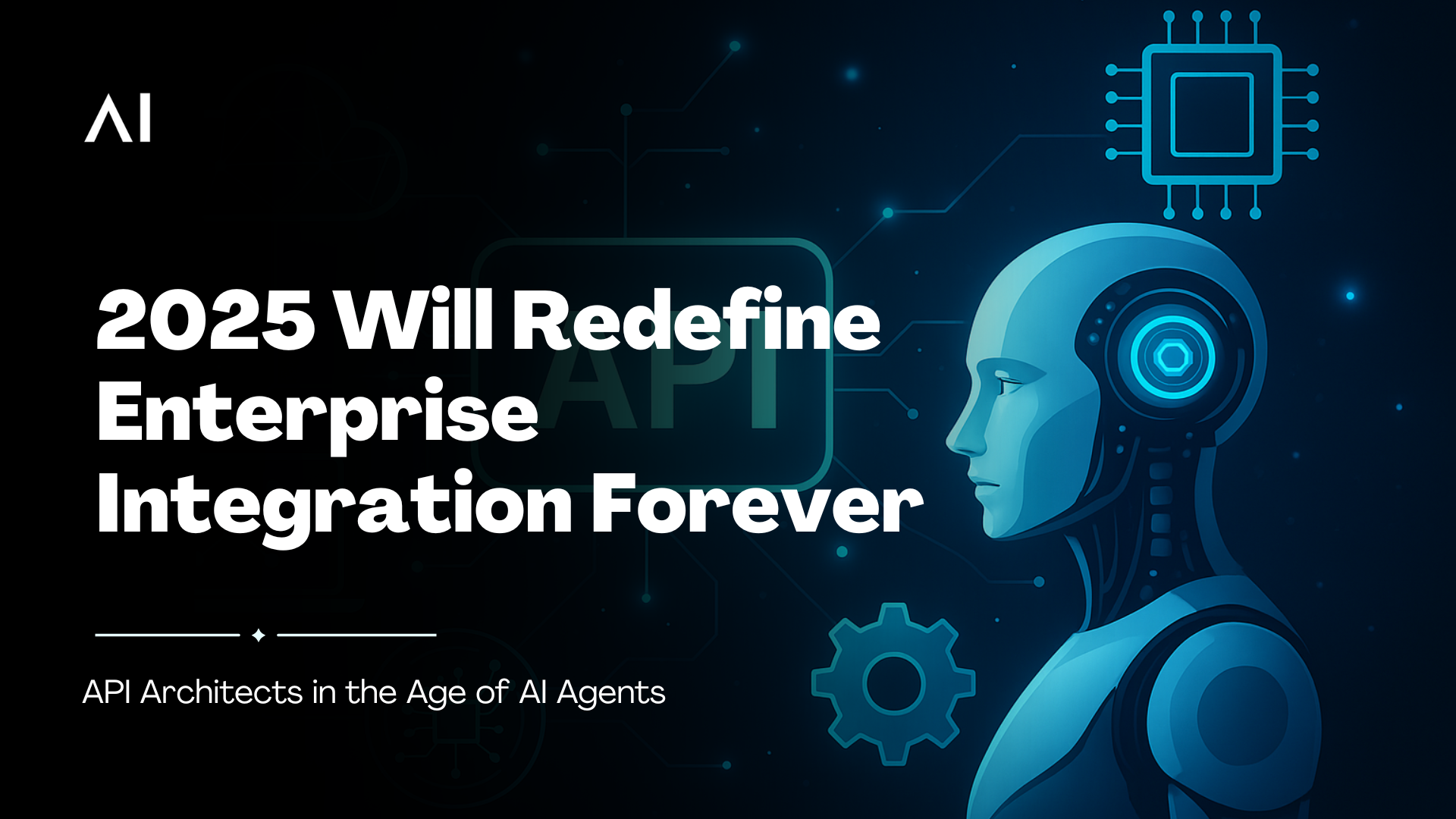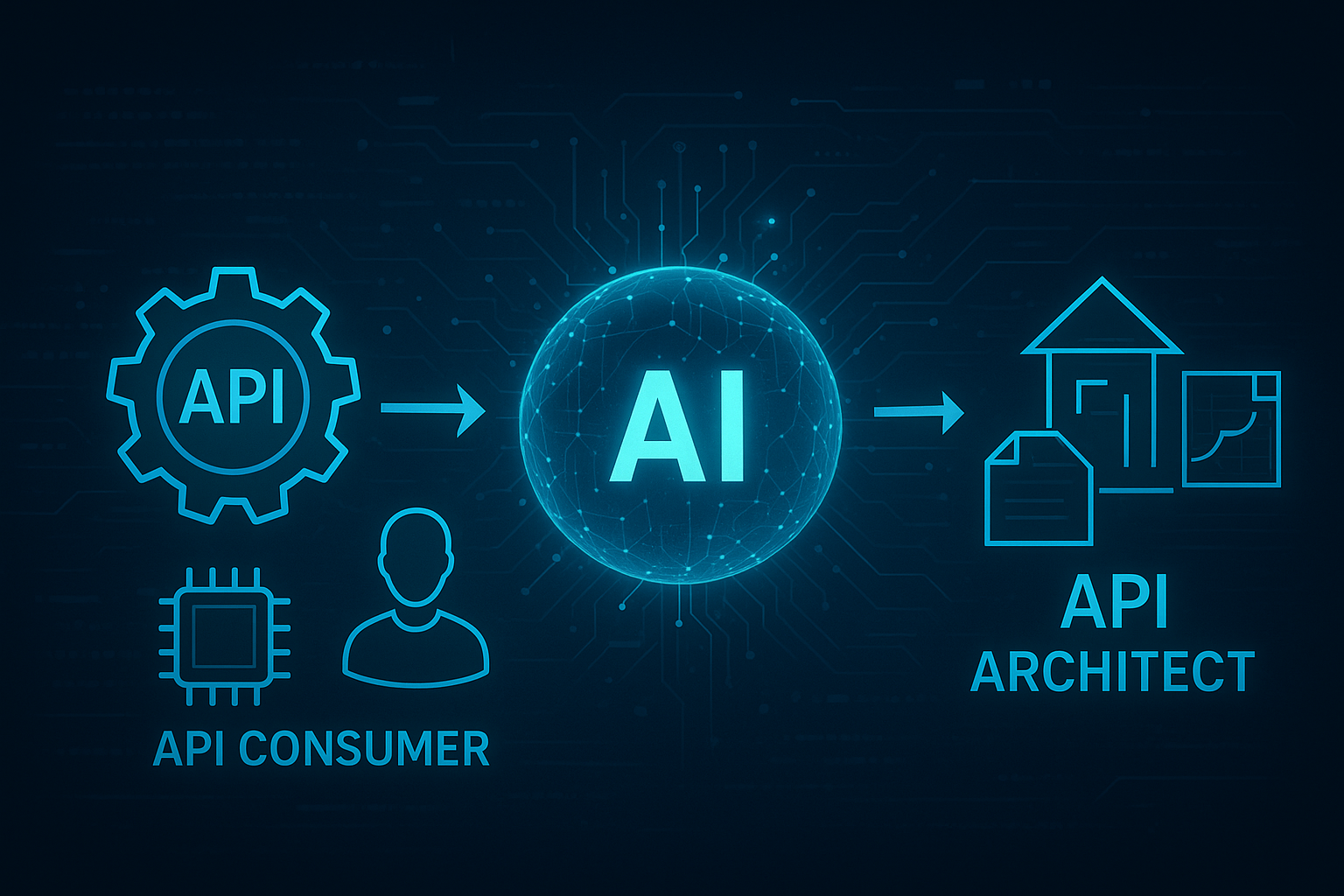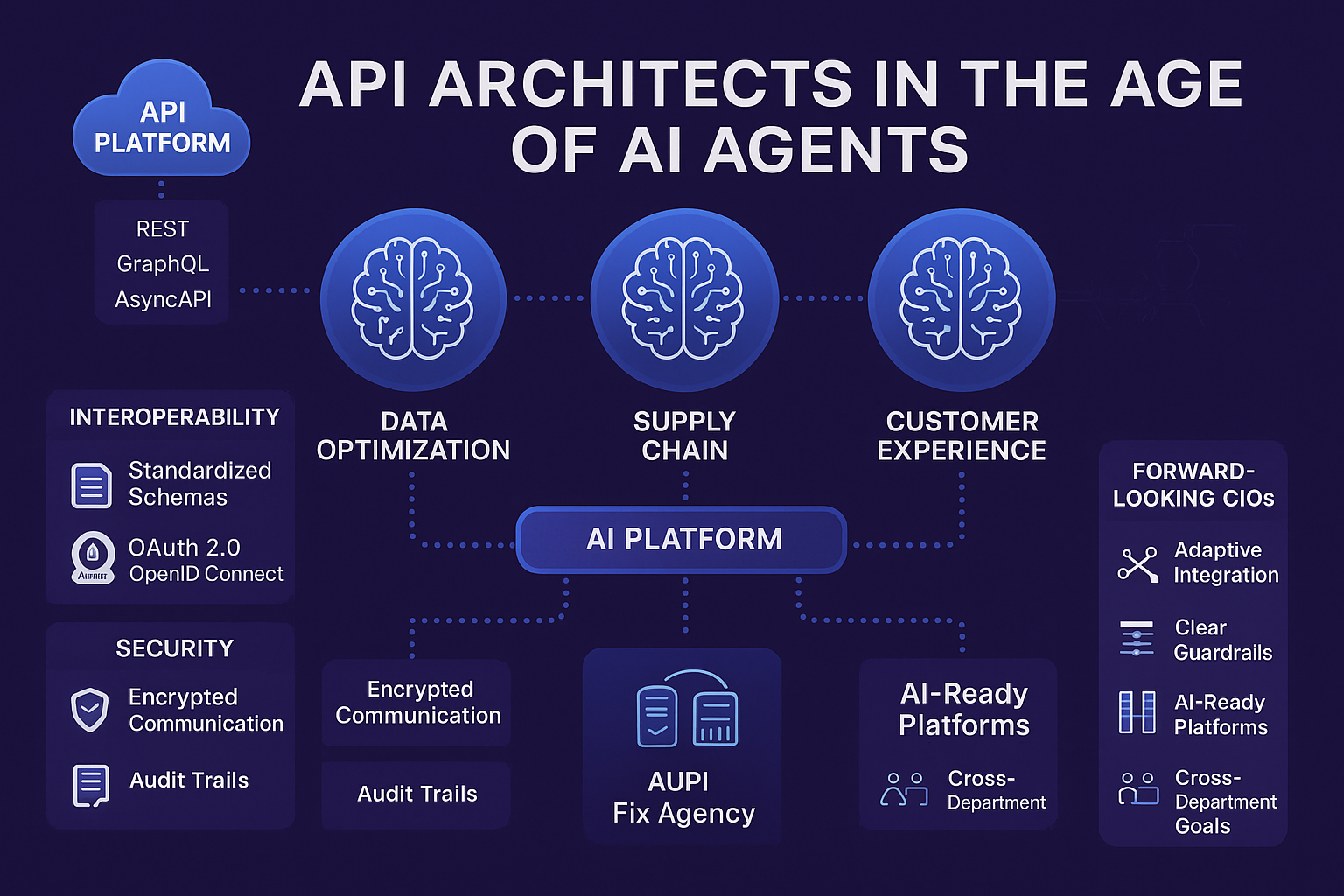Join our WhatsApp Community
AI-powered WhatsApp community for insights, support, and real-time collaboration.
AI agents are evolving from API users to architects, autonomously designing and optimizing integrations for speed, resilience, and market agility.

| Why is AI important in the banking sector? | The shift from traditional in-person banking to online and mobile platforms has increased customer demand for instant, personalized service. |
| AI Virtual Assistants in Focus: | Banks are investing in AI-driven virtual assistants to create hyper-personalised, real-time solutions that improve customer experiences. |
| What is the top challenge of using AI in banking? | Inefficiencies like higher Average Handling Time (AHT), lack of real-time data, and limited personalization hinder existing customer service strategies. |
| Limits of Traditional Automation: | Automated systems need more nuanced queries, making them less effective for high-value customers with complex needs. |
| What are the benefits of AI chatbots in Banking? | AI virtual assistants enhance efficiency, reduce operational costs, and empower CSRs by handling repetitive tasks and offering personalized interactions. |
| Future Outlook of AI-enabled Virtual Assistants: | AI will transform the role of CSRs into more strategic, relationship-focused positions while continuing to elevate the customer experience in banking. |
For over a decade, APIs have been the silent workhorses of enterprise systems — quietly enabling data exchange between applications, platforms, and services. Traditionally, their role was transactional: developers built them, applications consumed them, and integration frameworks stayed relatively static for years.
But in 2025, AI agents are ushering in a new chapter. Instead of simply calling APIs, they can now design, combine, optimize, and even retire them when necessary — all within the guardrails set by enterprise governance policies.
This is the transition from API consumer to API architect — where integrations are no longer rigid workflows, but adaptive digital ecosystems.
Enterprise integration has always been about connecting the dots — linking ERP systems, CRM tools, analytics platforms, and countless SaaS applications. The challenge is that business environments now change faster than integration cycles.
Typical limitations of older models include:
AI agents fundamentally reimagine this process. With the ability to continuously monitor, adapt, and improve API workflows, enterprises shift from reactive fixes to proactive optimization.
Envision an integration layer that evolves daily based on real-world data, business priorities, and performance analytics. This is what AI agents bring to the table:
This isn’t just about automation — it’s about creating an intelligent integration fabric that aligns technology with evolving business needs.
If you’re curious about how AI agents actually decide when to initiate or pause API calls in such a system, our detailed breakdown in How AI Agents Know When to Call APIs dives deeper into the decision-making logic.

For CIOs, CTOs, and enterprise architects, AI-driven API orchestration translates to tangible competitive advantages:
The result is a business that moves as fast as its market, without sacrificing stability.
The result is a business that moves as fast as its market, without sacrificing stability. Selecting the right enterprise AI platform is essential for achieving this balance — and our guide on Choosing the Right Enterprise AI Provider explores the factors that matter most for CIOs and CTOs.
Consider a global manufacturing company deploying IoT sensors in multiple facilities worldwide.
Previously:
With AI-driven API architecture:
Outcome: instant visibility into operations, predictive maintenance, and faster resolution of production anomalies — all through autonomous integration management.
One of the most critical — yet under-discussed — elements of AI-powered API architecture is interoperability.
Enterprises are rarely homogenous. They run on a blend of:
Without common standards, even the smartest AI agents would face integration deadlocks. This is why adherence to open API standards like REST, GraphQL, and AsyncAPI is crucial.
Best Practices for Interoperability in AI-Orchestrated APIs:
These measures don’t just make AI’s job easier — they future-proof the entire enterprise integration landscape.
The more autonomous your API architecture, the more important governance frameworks become.
Core security principles for AI-managed integrations:
With the right guardrails, AI-driven architectures can improve security by detecting anomalies faster and remediating them before they escalate.
Leadership in 2025 is not just about procuring the right technologies — it’s about shaping ecosystems that can evolve with the market.
Steps for forward-looking CIOs and CTOs:
This mindset transforms integration from a cost center into a strategic growth lever. In fact, we’ve explored how AI agents can act as accelerators across different functions in 2025: When AI Agents Join Your Workforce and Accelerate Enterprise Capabilities, showing how integration strategies intersect with broader business transformation.
The next phase of enterprise integration won’t rely on a single AI agent but on specialized agents working in concert:
These agents communicate via shared context layers, enabling better decision-making across the organization without duplicating work. Understanding the backbone of these interactions often comes down to the underlying AI model — something we’ve unpacked in The Hidden Engine Behind AI Agents: Choosing the Right LLM.

AI-powered API architecture is not just a tech story — it’s part of the global digital economy.
Aligning integration strategies with regional strengths and regulatory landscapes ensures smoother adoption and competitive positioning.
The journey begins with preparation:
This is not about replacing human ingenuity — it’s about augmenting it with machine precision and adaptability.
By 2025, APIs are no longer static assets. With AI agents in the driver’s seat, they become self-optimizing, context-aware architectures capable of adapting in real time to business demands.
For forward-thinking CIOs, CTOs, and enterprise architects, the question isn’t if this shift will happen — it’s how quickly you can harness it to unlock faster innovation, stronger resilience, and higher market agility.
Fluid AI is an AI company based in Mumbai. We help organizations kickstart their AI journey. If you’re seeking a solution for your organization to enhance customer support, boost employee productivity and make the most of your organization’s data, look no further.
Take the first step on this exciting journey by booking a Free Discovery Call with us today and let us help you make your organization future-ready and unlock the full potential of AI for your organization.

AI-powered WhatsApp community for insights, support, and real-time collaboration.
.webp)
.webp)

Join leading businesses using the
Agentic AI Platform to drive efficiency, innovation, and growth.
AI-powered WhatsApp community for insights, support, and real-time collaboration.